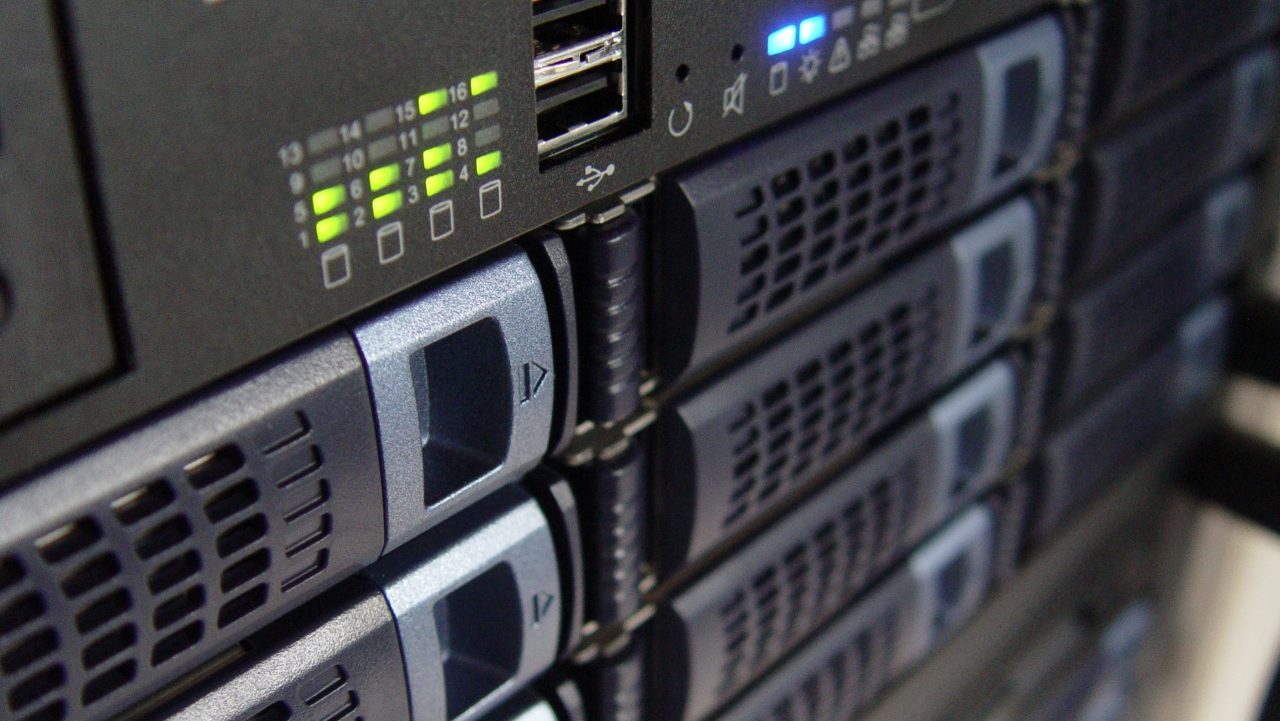Standard SSD Disks Preview for Azure VMs
This post will discuss a new tier of virtual machine storage that recently went into preview in Microsoft Azure, called Standard SSD Disks.
Until Now
When Microsoft launched Azure IaaS virtual machines in production, it supported VHD-format disks that were stored as page blobs in a storage account. Today we know these as un-managed disks. Originally, these unmanaged disks were only available on physical HDD storage, which is referred to as Standard tier storage. We could expect up to 500IOPS per virtual disk, without host-based caching being enabled, and a certain level of throughput and latency that is normal for HDD storage.
After some time, Microsoft added a Premium Tier of un-managed disks based on physical SSD storage. Greater levels of throughput and lower latency were available, and IOPS (based on the VHD file size) improved as the file got bigger, offering (today) up to 7,500IOPS per Premium Tier virtual disk.
Last year, Microsoft made a new storage option generally available, called managed disks. Instead of creating and selecting storage accounts to place VHD page blobs into, you just created a disk and Azure would handle the placement behind the scenes. Managed disks are easier to use, offer more management features, and have better levels of availability when used with availability set-member virtual machines. Managed disks come in both the Standard and Premium tiers with the same levels of expected performance as un-managed disks.
Managed Standard SSD Disks
Microsoft has launched a preview of a new tier of managed disks called Standard SSD Disks. This means that in the managed disk format, we can choose from:
- Standard HDD disks
- Standard SSD disks
- Premium SSD disks
Un-managed Storage Account disks are not supported because this is considered legacy now.
We should expect the same levels of IOPS and throughput as Standard HDD disks with Standard SSD disks. However, this new tier of flash storage comes with lower latency, single-digit milliseconds according to Microsoft. Another feature of flash storage is a smoother level of performance, offering more predictability. Microsoft is intending that Standard SSD disks will replace Standard HDD disks for normal, entry-level workloads.
Note that Premium SSD will remain special:
- Higher throughput/IOPS.
- Guaranteed levels of IOPS depending on the VHD size, whereas Standard HDD/SSD disks are always up to 500 IOPS each.
- Single virtual machines (not in availability sets or availability zones) with Premium SSD storage only will have a 99.5 percent SLA, which is not available to similar machines with any Standard HDD/SSD storage.
Availability
Standard SSD disks are available in preview in the North Europe region at the time of writing this article. In mid-June, we expect the following regions to be added:
- France Central
- East US 2
- Central US
- Canada Central
- East Asia
- Korea South
- Australia East
Pricing
You’re probably thinking the same thing that I did when I started reading the announcement – this new Standard SSD is just a way to try to get me to pay more money. Don’t be so quick to judge!
There are a few interesting things about flash storage. The first is that more and more people are buying flash storage. The Big 3 (Microsoft, Amazon, and Facebook) are buying lots of flash storage and flash is no longer a niche. More flash is being produced and costs have fallen quite a bit. Secondly, the cost of powering flash storage is quite a bit less than that of powering HDD disks. Thirdly, the higher levels of IOPS mean that you don’t need to fill racks full of disk to get certain IOPS levels. We can put in a lot fewer SSD disks to achieve the same levels of performance.
What you can see in the above pricing screenshots is that the new Standard SSD flash storage is cheaper than the older, higher latency, Standard HDD storage, and that price difference gets bigger as the disks get bigger. The 1 TiB E50 is 21.4 percent more affordable than the equivalent S50. If these price differences stay the same at general availability, this will ensure that customers will start to use Standard SSD instead of Standard HDD for lower-level workloads with Premium SSD for any performance/SLA requirements.





![Comparing the three types of Azure managed disk [Image Credit: Microsoft]](https://petri-media.s3.amazonaws.com/2018/06/AzureComparingManagedDisksTiers.png)
![Standard HDD Pricing in East US [Image Credit: Microsoft]](https://petri-media.s3.amazonaws.com/2018/06/StandardHDDPricingAzureEastUS.png)
![Standard SSD Pricing in East US [Image Credit: Microsoft]](https://petri-media.s3.amazonaws.com/2018/06/StandardSSDPricingAzureEastUS.png)